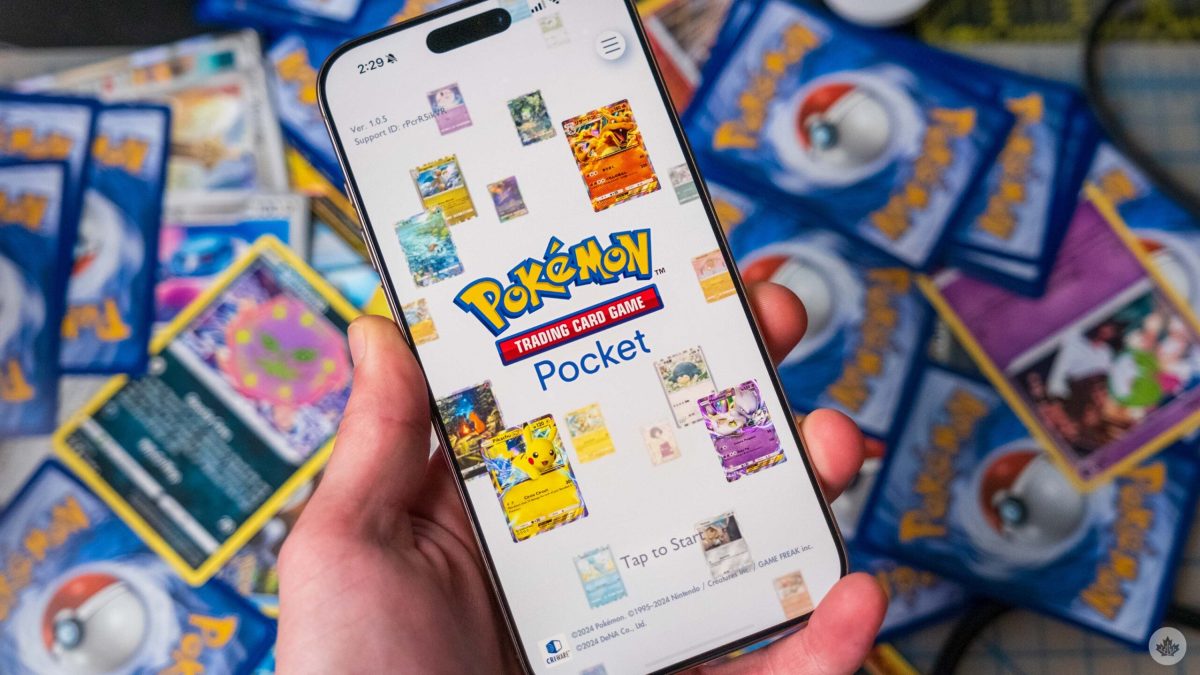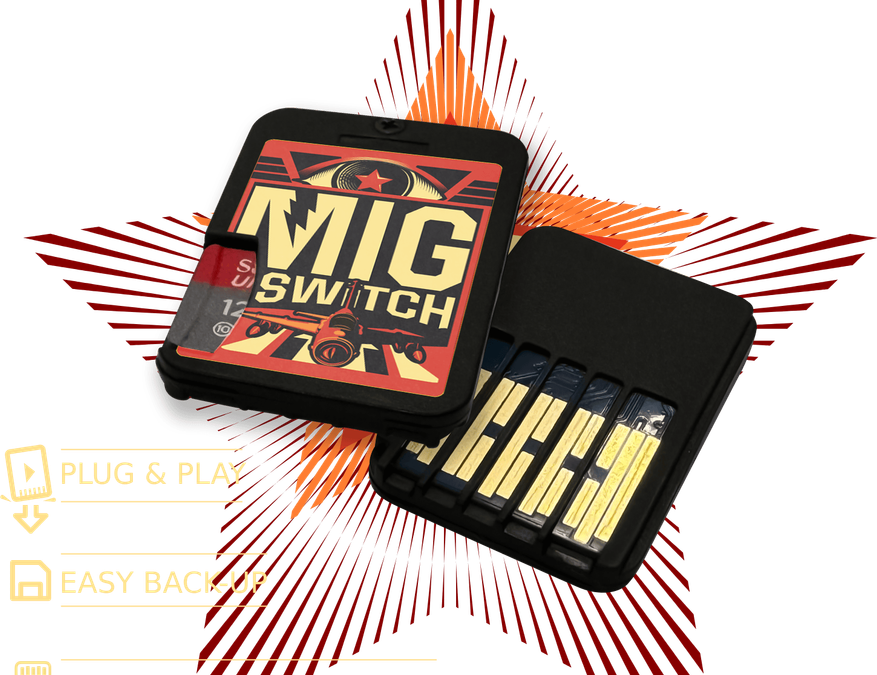Mobile Pokémon Card Game Smashes Expectations — Tens of Billions in Revenue Already
The mobile adaptation of the beloved Pokémon trading card universe has erupted onto the scene and is redefining what success looks like for licensed games. The title, which re‑imagines the classic card game experience for mobile devices, is reportedly already pulling in over ten billion Swedish kronor in its early launch phase — an extraordinary feat by any measure.
In just a few months since its global debut, the game has achieved astronomical growth: millions of downloads worldwide, daily revenue measured in the millions of dollars, and updates launching almost monthly to keep players engaged. With its blend of collectible‑card mechanics and mobile‑first design, it has found strong traction among both longtime fans of the physical card game and newcomers looking for quick, accessible matches.
What’s driving the revenue? Several factors:
- Deep integration of digital booster‑packs and collectible mechanics, creating high‑value moments when rare cards drop.
- A simplified deck‑and‑battle system tailored for mobile, making it highly accessible and fast‑paced.
- Regular expansions releasing new sets of cards, ensuring that even early adopters keep returning to open new packs and chase the next big pull.
- Global reach from day one with localisation in major markets and heavy marketing support from the brand.
The revenue threshold of “over ten billion Swedish kronor” translates into billions of US dollars, positioning this game among the most financially successful mobile card games in history — and arguably making it one of the biggest launches ever seen for the franchise in its mobile segment.
For the wider gaming industry, the implications are significant. It signals that even in a crowded mobile market, a well‑executed version of a classic property with strong collectible hooks can break through. The melding of card‑game nostalgia with modern mobile monetisation is proving to be a potent combination.
Looking ahead, questions remain — can the game sustain this growth? Will it maintain player engagement beyond the initial surge? How will monetisation evolve without alienating the community? For now, though, the answer to “Can a trading‑card mobile game still be huge?” is a resounding yes.



